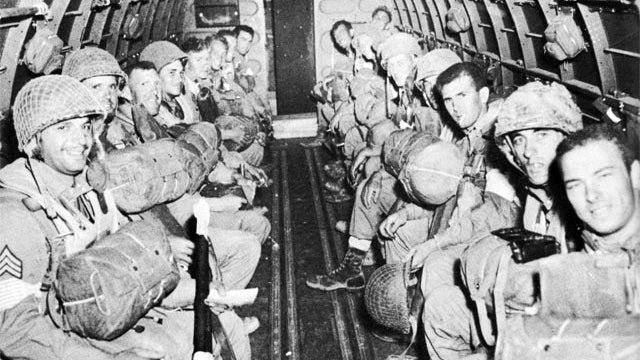Operation Husky Showcased U.S. Military’s Capability
Operation Husky Showcased U.S. Military’s Capability

On July 10, 1943, more than 160,000 American, British and Canadian troops descended on Sicily before sunrise for the first major assault on European soil.
The complex and multipronged campaign marked the first time Western Allied troops got a “foothold ... back into fortress Europe again,” said James Holland, author of Sicily ’43: The First Assault on Fortress Europe, during the Association of the U.S. Army’s Thought Leaders webinar Nov. 19.
Known as Operation Husky, the campaign involved more than 3,000 ships, 4,000 aircraft and limited opposition. Within five days, the American presence on the island grew to more than 203,000 troops, Holland said.
“It’s kind of a very neat tale to tell,” said Holland, who conducted battlefield studies in Sicily. “It’s not Band of Brothers, and it’s not Saving Private Ryan and it’s not Fury ... It’s kind of off the radar.”
According to Sicily ’43, the assault “signaled the start of the campaign against Nazi Germany” in Europe and marked a major turning point during World War II.
The book chronicles the 38-day battle through extensive research and on-the-ground experiences from multiple perspectives, including American privates and a Tuskegee fighter pilot, a British major, a Canadian lieutenant, and German and Italian participants.
Holland praised the planning for the assault, noting that it was conducted while the Tunisia campaign was still be carried out.
“What it [showed] is that Americans [were] absolutely ready,” Holland said. “They’ve done their time, they’ve learned the lessons of Tunisia, they’ve really got their act together, and they are a serious force to be reckoned.”
Sicily ‘43 is available for purchase here.

